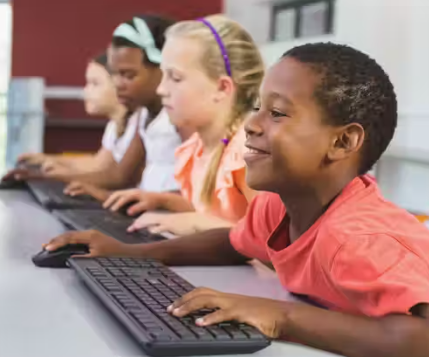Article:
Educational technology (EdTech) continues to play a powerful role in shaping personalized learning in 2025. By making it easier to tailor instruction, track progress, and deliver content in varied formats, EdTech tools support educators in meeting the unique learning goals of every student. Whether in traditional, remote, or hybrid settings, technology is helping transform how personalized learning is planned and experienced.
Customized Learning Pathways
EdTech platforms allow educators to design individualized learning plans that reflect students’ strengths, challenges, and interests. Adaptive software can adjust the difficulty of lessons in real time, providing extra practice or advanced challenges based on performance. This responsive approach ensures that every student can progress at a comfortable and meaningful pace.
Data-Driven Instruction
Technology helps teachers make informed decisions through real-time data. Dashboards and progress reports offer insights into student engagement, comprehension, and achievement. By analyzing this data, educators can identify learning gaps early and adjust instruction to better align with each student’s goals.
Interactive and Multimodal Resources
One of EdTech’s key strengths is offering content in diverse formats—videos, games, simulations, texts, and interactive quizzes. This variety supports different learning styles and keeps students engaged. Whether a student learns best visually, audibly, or kinesthetically, EdTech provides tools that make lessons more accessible and engaging.
Goal Setting and Self-Monitoring
Many learning platforms include features that allow students to set goals, track progress, and reflect on their learning journey. These tools encourage students to take ownership of their education, building independence and motivation. When learners understand how their work connects to personal goals, they become more invested in the process.
Facilitating Teacher Support
While technology personalizes the experience, the teacher remains at the center of learning. EdTech simplifies administrative tasks and allows educators to focus on mentoring, offering timely feedback, and guiding student growth. With better visibility into student needs, teachers can tailor their support more effectively.
Accessible Learning Anytime, Anywhere
EdTech extends the reach of personalized learning beyond the classroom. With access to lessons, assignments, and resources from any device, students can learn at their convenience. This flexibility supports continuous learning and accommodates diverse schedules and learning environments.
Conclusion
In 2025, EdTech is more than a digital tool—it’s a bridge between students and their personalized learning goals. By offering flexibility, accessibility, and tailored support, educational technology helps create learning experiences that are as unique as the students themselves. When thoughtfully integrated, EdTech enhances the personalization process and empowers learners to reach their full potential.













